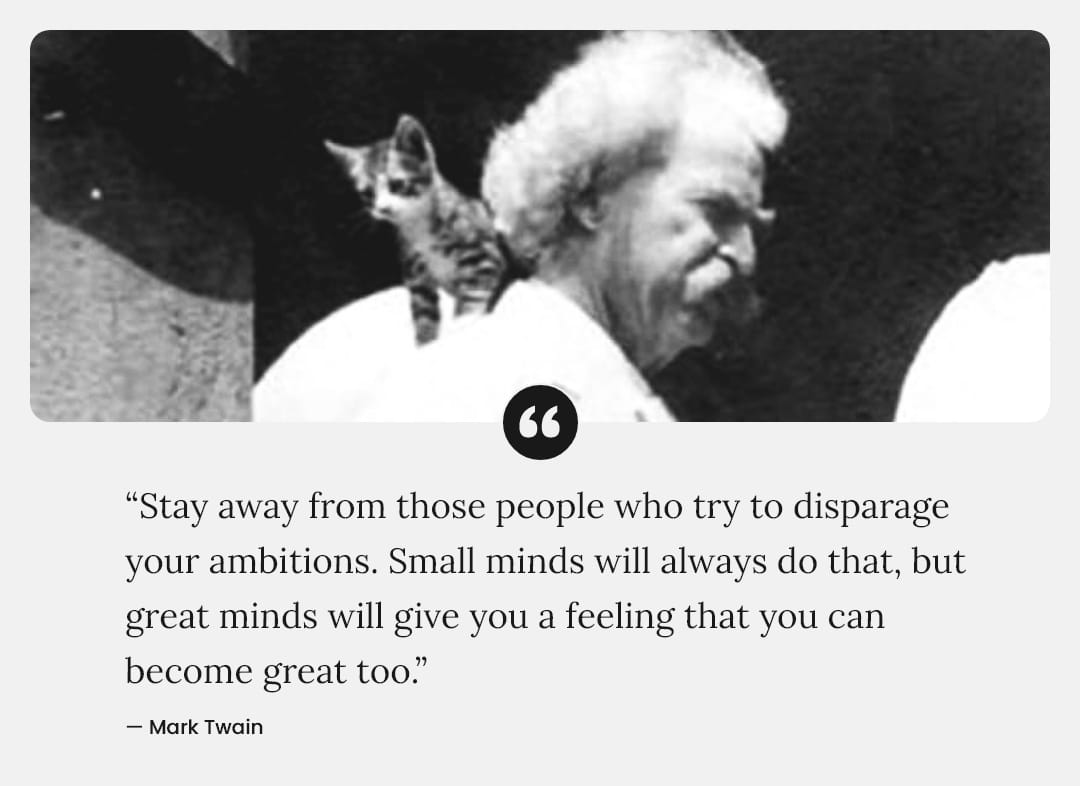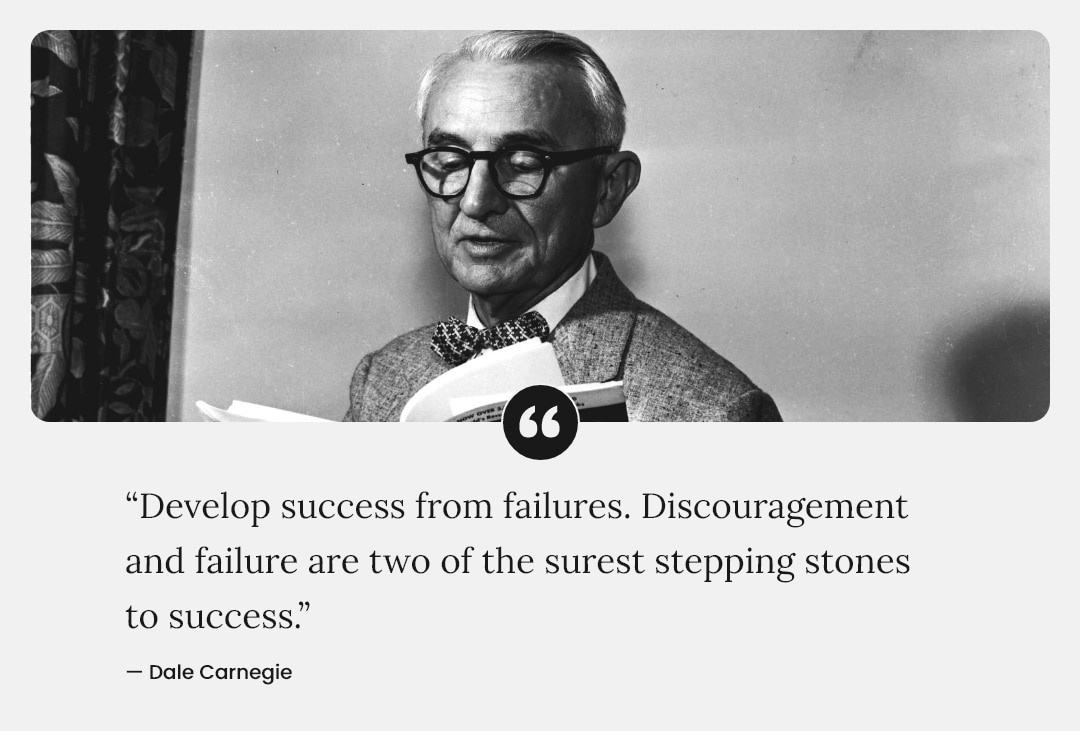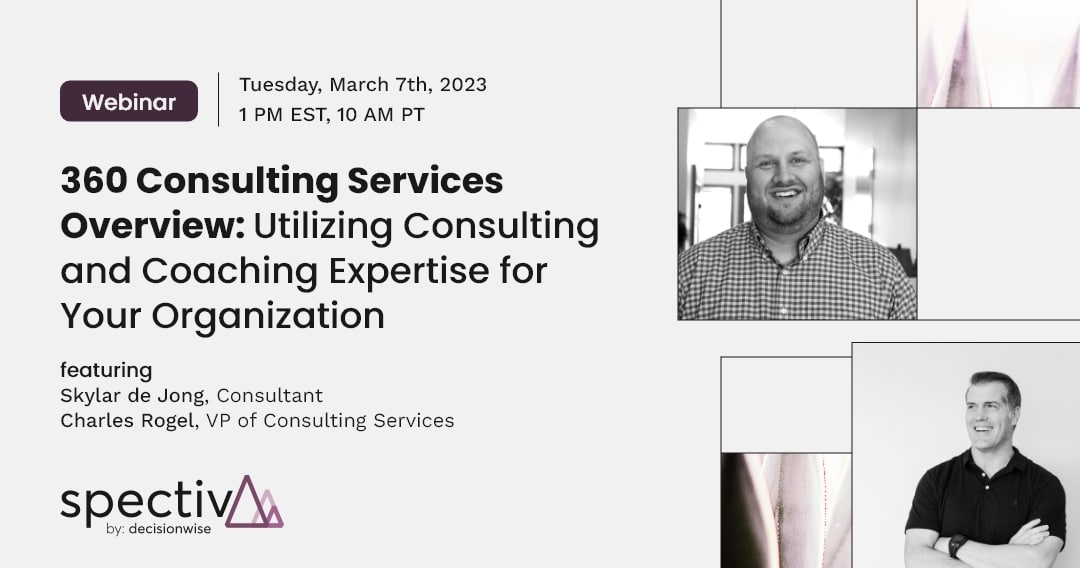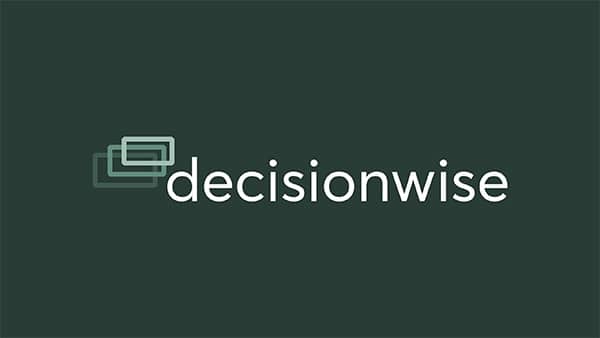Tidbits
Our CEO, Dr. Tracy Maylett, is releasing his fourth book, SWIPE, The Science Behind Why We Don’t Finish What We Start on March 21st.
In honor of his work, we are highlighting a few quotes that touch upon personal motivation.

Brilliant in the Basics
We live in a swirling sea of feedback. Most websites now ask for a brief survey inside a pop-up box that obscures what you are trying to view. It’s overwhelming. It’s everywhere. It’s a bit stifling.
As a result of these ever-present surveys and comment boxes, we are now conditioned to believe that everyone wants our feedback. In addition, because so many places keep asking for our feedback, we think we are qualified to give an opinion on every subject. News flash – neither is true.
This feedback frenzy has infected the EX world too. We have upward and downward feedback; reinforcing and redirecting feedback; positive and negative feedback; and reflective and forward-looking feedback. The list seems endless. There is so much feedback that it can be hard to find meaningful nuggets that produce real change.
Sometimes, less is more. The right feedback is good. The right data helps uncover valuable insights. Rather than adding to our data debris, how can we ensure the feedback we provide is useful? Our research suggests that the following steps will help make the feedback process more effective:
Step #1 Whenever you are asked to provide a piece of feedback, take time to evaluate this question: “Am I qualified to comment on this item?” If asking yourself this question gives you a reason to pause, then let the feedback receiver know so they can prioritize your feedback.
With so much feedback available, the need to prioritize is increasingly important. Also, it’s okay to decline giving feedback.
Step #2 Find out why feedback is being solicited and how it will be used. Here is a common scenario: A colleague asks you to review a sales proposal before it goes to a potential client. Most of us quickly read the proposal and highlight our concerns.
Yet, consider how much better your comments would be if you took the time to find out more about the reason for the proposal or what problem the client is trying to solve. It’s better to ask a few questions upfront to discover the underlying assumptions that will impact the feedback.
Step #3 Stop and think about the standard that applies. Feedback is most helpful when provided against the backdrop of well-defined expectations.
The Greeks knew this as they developed mathematics. They quickly learned to conceptualize a perfect rectangle, rather than fiddling with a farmer’s field where the angles are never precise, and the terrain is never flat.
You have been asked to provide feedback about an employee. Before jumping in with your suggestions on how “Brad” can do a better job contributing to your weekly meetings, take a moment to consider what constitutes helpful behavior when it comes to Brad.
This effort alone will help your feedback stay objective, and it will keep your comments from becoming emotionally charged.
Step #4 Keep feedback focused on instances where the standard was either met (reinforcing) or where a gap exists (redirecting). This step is vital for a couple of reasons. One, it makes giving feedback easier because you are making the process about the feedback and not about an individual’s characteristics.
Second, the feedback is focused on gaps, which is the point of the feedback process in the first place. When somebody asks for feedback, they are trying to get it right. A thumbs-up sign does little to help them know if they are succeeding.
Have requests for comments and feedback created an unwieldy world of data overload in your organization? Are we now commenting just to comment as opposed to trying to improve processes or people?
At times, it certainly feels this way. Focusing on these four steps will make feedback in your organization more valuable and useful.
What You Might Have Missed From DecisionWise
- Your most common engagement FAQ’s are answered by DecisionWise employees in this YouTube short.
- We’ve partnered with outstanding executive coaches to take your development to the next level. Learn all about them here.
- Did you know that DecisionWise has a podcast? Check out the Engaging People Podcast today.
- Employee satisfaction, engagement, and experience are not the same things. Learn all about these concepts in this LinkedIn article.
- Learn how to create a culture of belonging in the workplace in this recording of February’s live webinar.
- Still not sure how to build belonging? This actionable and information-packed infographic is sure to help you get started.
- Mitsubishi Electric Trane US (METUS) is one of our AMAZING clients. Learn about how they use DecisionWise in our most recent case study.
- Engagement isn’t just beneficial to your company. Caring about engagement is a way to care about your employees. These are some of the personal benefits of employee engagement.
Featured Discussion
A few weeks ago, the Kansas City Chiefs were crowned NFL champions. As I watched the post-game coverage, I was struck by how many times the players referenced the powerful relationship they have with their coach, Andy Reid.
Good coaching is vital to winning organizations, whether we are referring to sports franchises or the manufacturing plant down the street. Success is predicated upon individuals performing their best, and coaching (i.e., teaching) is the core way we help individuals improve their knowledge, skills, and abilities.
In business, we spend a lot of time talking about great coaches as leaders who consistently do certain things. We make suggestions – we provide lists (as this article will do). Here is a sampling of what you might encounter.
- They are consistent.
- They give sincere thanks and recognition.
- They demand accountability.
- They are sincere and fair.
- They are empathetic.
- They listen.
As you can tell, my list could write itself. Yet, I think we might be missing the mark to an extent. Great coaches aren’t great because of what they do – although that is vitally important – great coaches succeed because of who they are.
I am reminded of this key truth from UCLA’s winningest basketball coach, John Wooden:
“Being a role model is the most powerful form of educating.”
If you want to help your employees succeed, your best tool is to model for them the behaviors and competencies you want them to adopt and develop. No amount of training, charisma, or charm can compensate when leadership rings hollow.
Here are seven tips to help you become a more effective role model.
#1 – Be a goal-setter.
Never settle for who you are today. There are always ways to improve. Do not, however, expect that your employees will organically observe you making progress.
Practice some vulnerability by sharing with your team what you are working on and asking them to help you remain accountable. If you practice effective goal setting, chances are your team will follow suit.
#2 – Demonstrate empathy and be kind.
The strength of a leader lies not in acumen or skills, but in the supporting power of their relationships. I have learned that you are only as good as the collective power of your key relationships.
This was demonstrated during the big game on Sunday and will continue to be manifest as we observe success wherever we find it.
#3 – Focus on both tactical and adaptive performance.
In their book, Primed to Perform: How to Build the Highest Performing Cultures Through the Science of Total Motivation,1 Lindsay McGregor and Neel Doshi teach that there are two types of performance: tactical and adaptive.
Tactical performance is the ability to complete a task with a high degree of efficiency and quality. Adaptive performance, on the other hand, is the ability to adapt, solve problems, create good outcomes without a lot of oversight, and innovate standard processes.
Improve yourself by focusing on your tactical and adaptive performance.
#4 – Measure what matters most.
Define clear standards for success for both yourself and your team. Make sure that your performance measurements are objective and institutional, rather than personal and subjective.
Use well-defined competencies, job descriptions, published team standards, policies, procedures, and OKRs as your measuring gauge. Then, consistently follow these standards and set a good example for others to follow.
#5 – Understand and limit biases.
Don’t fall prey to biases. This erodes trust. Here are some of the more common biases to avoid:
- Recency/Dramatic Events Bias: anchoring to behavior and events that readily come to mind due to recency or because they stand out.
- Representativeness Bias: resorting to stereotypes to explain performance issues.
- Anchoring Bias: focusing too much on early results rather than considering the data’s impact over time over a reasonable time period.
- Confirmation Bias: seeing only the data that agrees with preconceived viewpoints.
- Halo/Horn Bas: focusing on a single trait that appears to drive everything.
- Fundamental Attribution Error: affording greater weight to a person’s characteristics rather than seeing how each situation and external factors impact the outcome.
- Central Tendency Bias: avoiding polarizing feedback and rating everyone in the middle.
#6 – Use Multi-Rater Feedback to evaluate yourself and your team.
Ensure successful goal-setting by measuring progress. Use multi-rater feedback, the preferred performance evaluation option among employees.
A good program gathers feedback and evaluation from various sources surrounding the individual, making it the most reliable and effective way to receive trustworthy and practical feedback.
#7 – Awareness, Action, and Accountability. Over the years, I have found this simple phrase, awareness, action, and accountability, to encapsulate so much of what we are trying to accomplish in business and life. An effective leader is constantly mindful of these three important, sequential variables.
Conclusion
Effective leadership is the sweet spot where people and results intersect. Managers achieve success when they create an environment that fosters growth and empowers their employees to perform at their best.
Merely developing our people is insufficient; we must lead by example by modeling what it takes to achieve success.
What’s Happening at DecisionWise
UPCOMING SPECTIV LIVE TRAINING
The most effective way to derive value from the 360-degree feedback process is to supplement it with a coaching session
Don’t miss out on a chance to find out how 360 feedback consulting drives organizational success!
Register now to reserve your spot!
HR News Roundup
- How to get started with HR analytics
- How to Support Employees and Improve Retention With a Strong Company Culture
- HR Execs Offer 10 Methods For Diving Deep Into Employee Engagement Levels
- HR and AI – why it’s all about trust
- How to Master 3 Critical Management Skills for 2023
- Performance through people: Transforming human capital into competitive advantage
- How ChatGPT Can Be a Game Changer in Human Resource Management
- 3 Reasons Your Employee Engagement Survey Isn’t Working
- Survey: Employees Want Business Technologies to be More Collaborative










